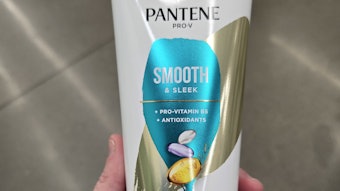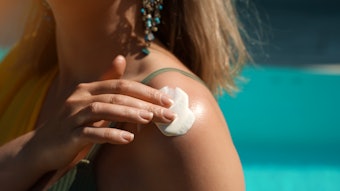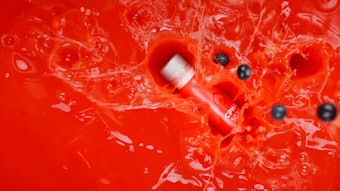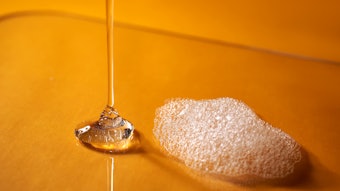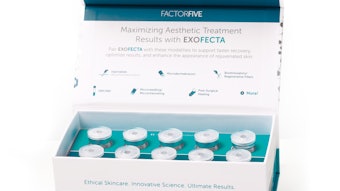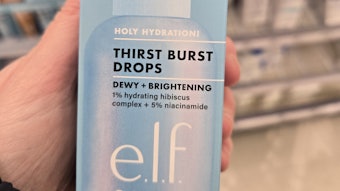Emulsions play a very important role in cosmetic formulation. In traditional emulsions, typically one phase is water and the other phase contains oils, such as natural, synthetic or silicone oils. It has been demonstrated that water is responsible for the instability of some active ingredients in emulsions. For example, discoloration occurs in aqueous solutions or emulsions containing ascorbic acid, hydroquinone or dihydroxyacetone (DHA) under normal conditions. Water is seen as the key reactant for these discoloration reactions. It also functions as an oxygen carrier because oxygen has good affinity for water.
Ascorbic acid is known to have biologic function in collagen synthesis. Hydroquinone is used for skin whitening because it can inhibit tryosinase. DHA still is the most functional ingredient for self-tanning. Making stable or noncoloring products containing ascorbic acid hydroquinone or DHA has market value for both consumers and finished-goods companies. By dissolving these ingredients in an appropriate organic solvent such as glycol to form one phase, and by choosing an appropriate oil phase such as silicone oil or another oil with a light feel, a nonaqueous emulsion can be made from these two immiscible phases. For the complete article, click on "Purchase this article."
